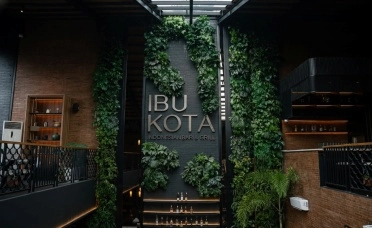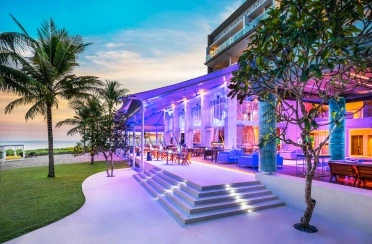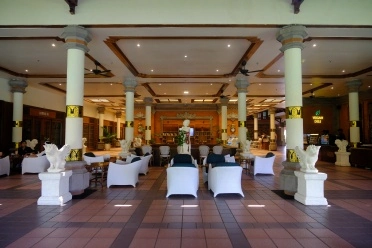The tranquil coastal community of Sanur, one of Bali’s most beloved seaside destinations, is pushing back against a major energy development plan proposed just off its shores. The project in question is a Floating Storage Regasification Unit (FSRU) Liquefied Natural Gas (LNG) Terminal that would sit approximately 3.5 kilometers from Sidakarya Beach in South Denpasar.
The pushback from Sanur’s community is not simply about rejecting a single project. It represents a call for smarter, more context-aware decision-making in Bali’s development narrative.
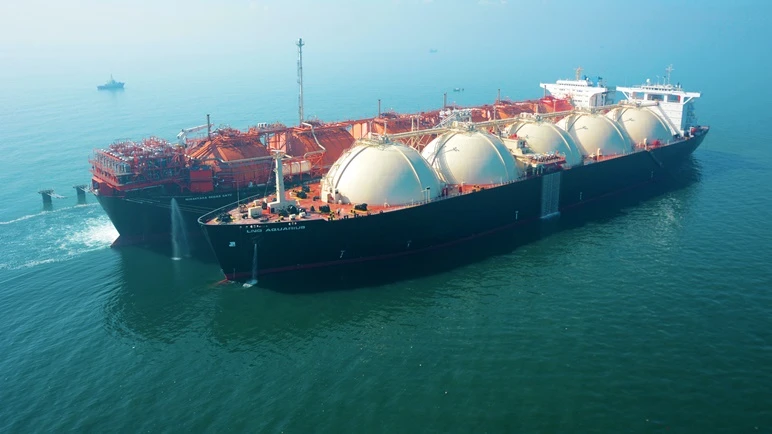
A Rising Concern in Bali’s Tourism Heart
For residents and tourism stakeholders, this proposal feels like a direct challenge to everything Sanur stands for. The area has long been celebrated for its laid-back charm, scenic beaches, and cultural authenticity. More recently, it has evolved into the Sanur Special Economic Zone for Medical Tourism, a new government-backed effort that combines healthcare innovation with Bali’s serene hospitality. Against this backdrop, a large-scale industrial project looming so close to shore has ignited strong resistance.
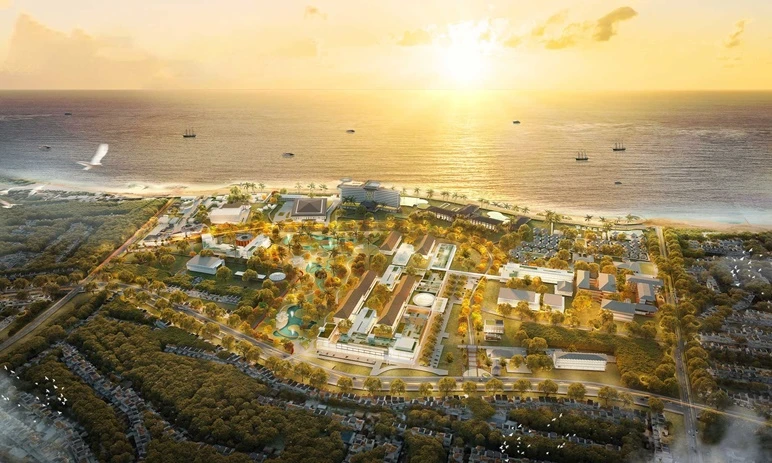
A Question of Distance and Impact
At the heart of the debate is the terminal’s location. Compared to other FSRU facilities in Indonesia, which typically sit 15 to 22 kilometers from the coastline, the planned Sanur terminal would be uncomfortably close to shore. From many vantage points in Sanur and Serangan, the proposed structure would likely be visible on the horizon—barely beyond the natural line of sight.

Locals fear that this proximity could trigger a range of social, environmental, and cultural consequences. Coastal communities rely heavily on marine ecosystems, both for fishing and for tourism-related livelihoods. Concerns about pollution, safety risks, and potential disruption to sacred coastal sites are now taking center stage. These are not abstract fears; they speak to the core of what defines Bali’s identity as both a living culture and a global destination.
Sanur’s Ongoing Transformation
Over the past five years, Sanur has undergone a major transformation. With significant investment flowing into its infrastructure and the official designation as a Special Economic Zone for Medical Tourism, Sanur has been reimagined as a model of sustainable development. The recent opening of Bali International Hospital marks the start of this new era, positioning Sanur as a hub for wellness and recovery tourism.
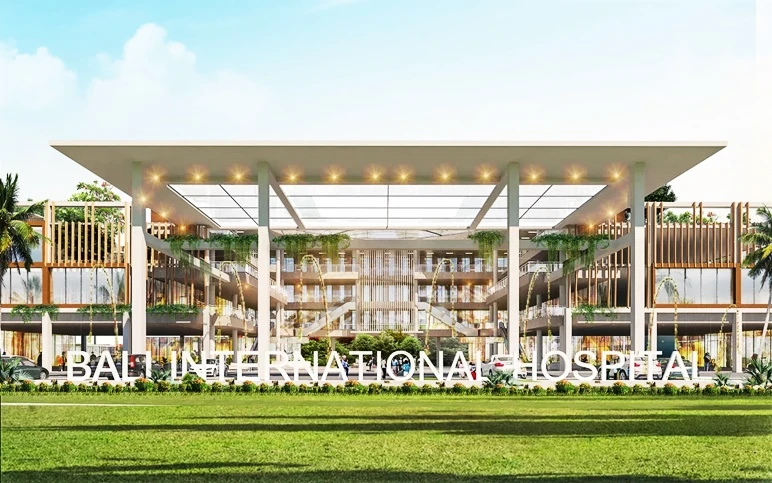
Yet the proposed LNG project introduces a stark contrast. Where Sanur’s future is being shaped around healing, wellbeing, and environmental integrity, a heavy industrial terminal could shift perceptions of the area almost overnight. The visual impact alone may alter the destination’s serene coastal image, while the possibility of environmental degradation could undermine years of progress in repositioning Sanur as a clean and conscious tourism zone.
Balancing Progress and Preservation
The issue unfolding in Sanur reflects a broader challenge for Bali’s future: how to reconcile infrastructure growth with cultural and environmental preservation. For Sanur, the stakes are particularly high. The area has achieved strong tourism recovery, with hotel occupancy rates rising steadily and international visitors returning in droves. Its gentle beaches, local traditions, and sense of balance are exactly what set it apart from busier coastal hubs. Adding a visible industrial facility to this delicate equation could change that dynamic for years to come.
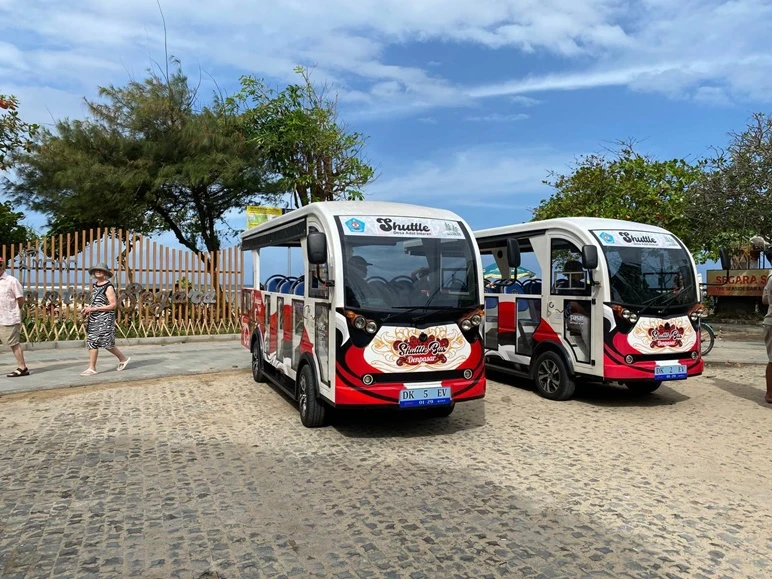
The pushback from Sanur’s community is not simply about rejecting a single project. It represents a call for smarter, more context-aware decision-making in Bali’s development narrative. The island’s coastal zones are more than economic assets—they are living, breathing spaces of heritage, livelihood, and faith. But the crucial question remains: can Bali pursue energy infrastructure without compromising the very essence that makes the island extraordinary? The outcome of this debate may well define how Bali balances its future growth with the preservation of its coastal soul.



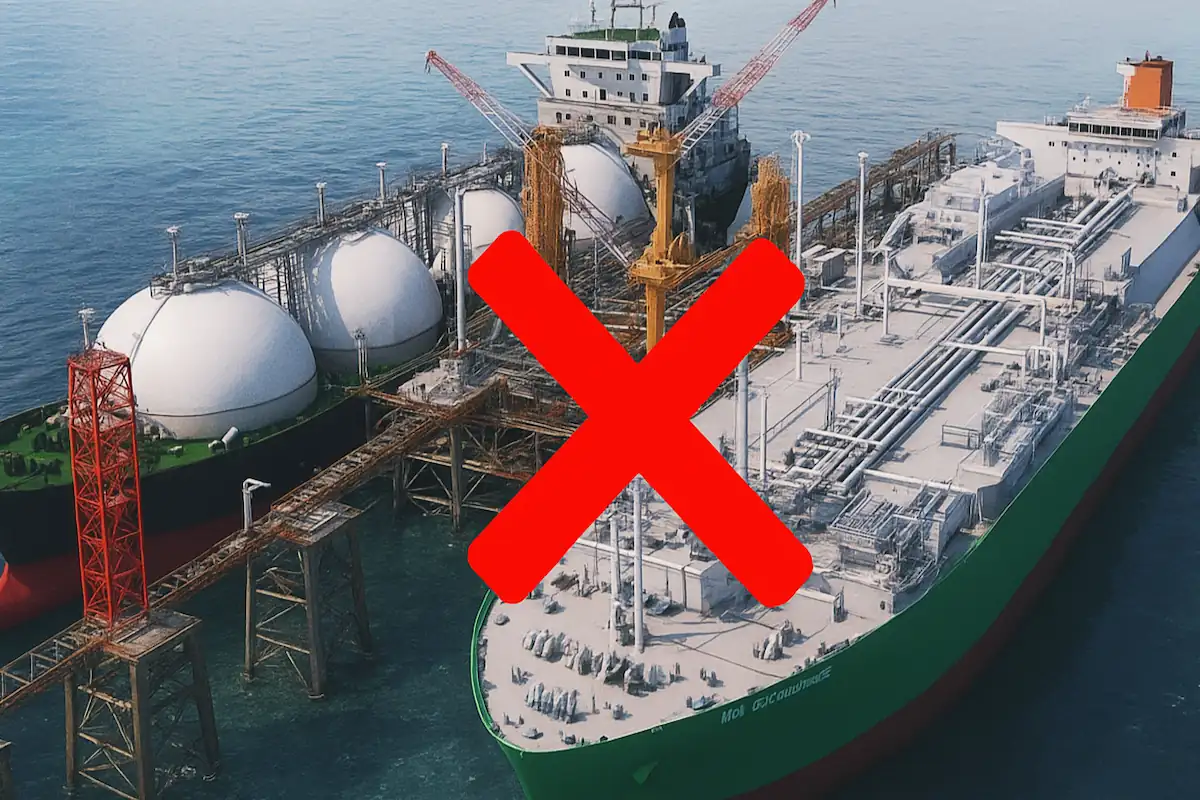
 Billy Bagus
Billy Bagus
 Nov 06, 2025
Nov 06, 2025


